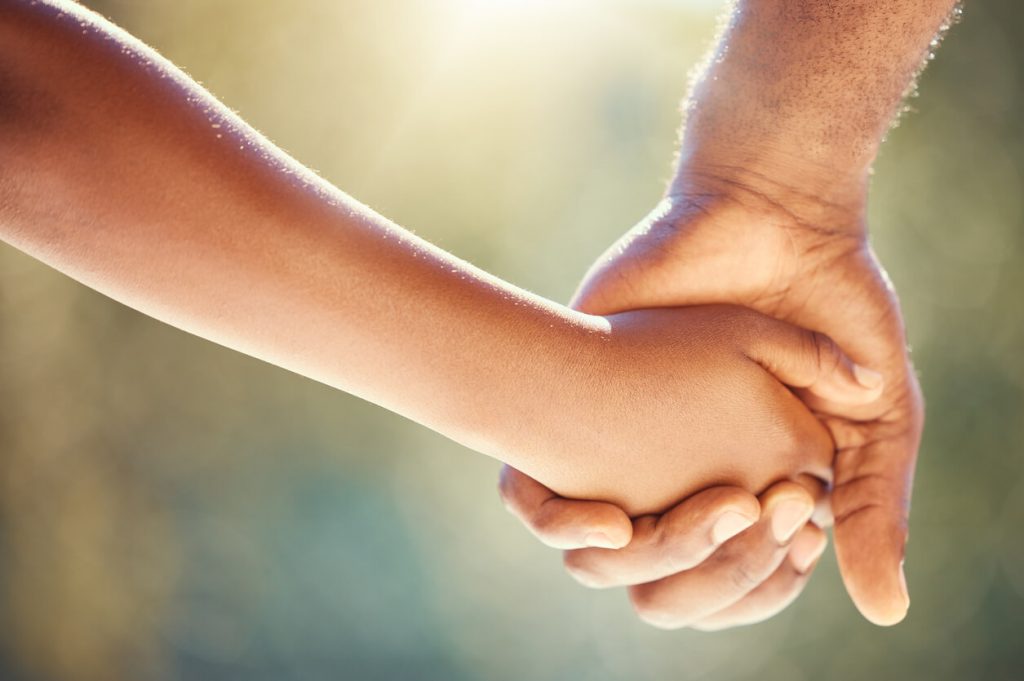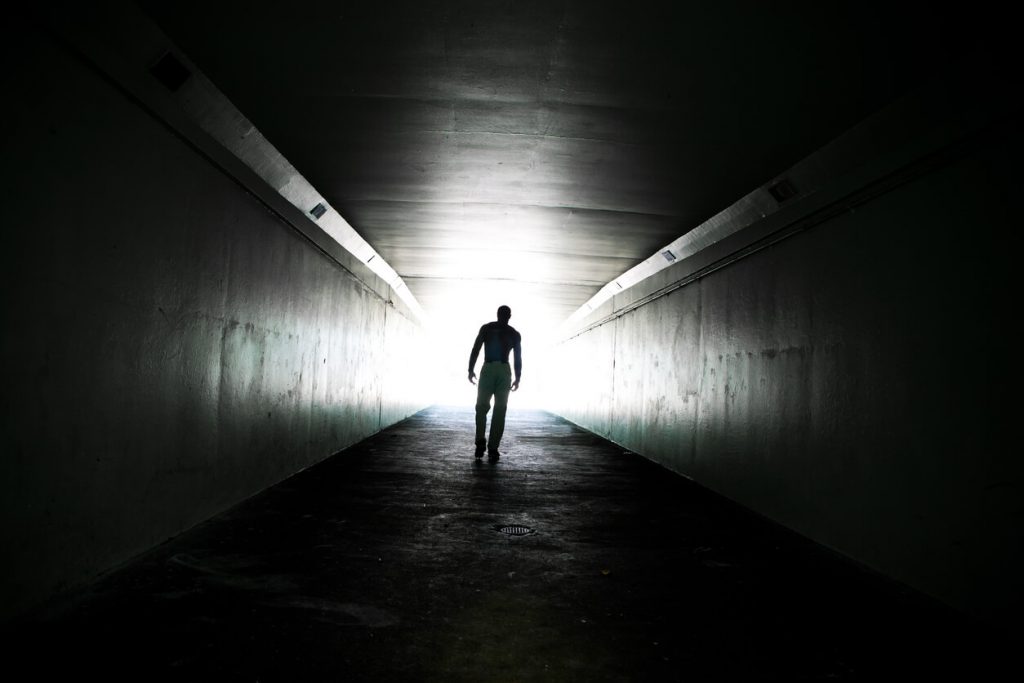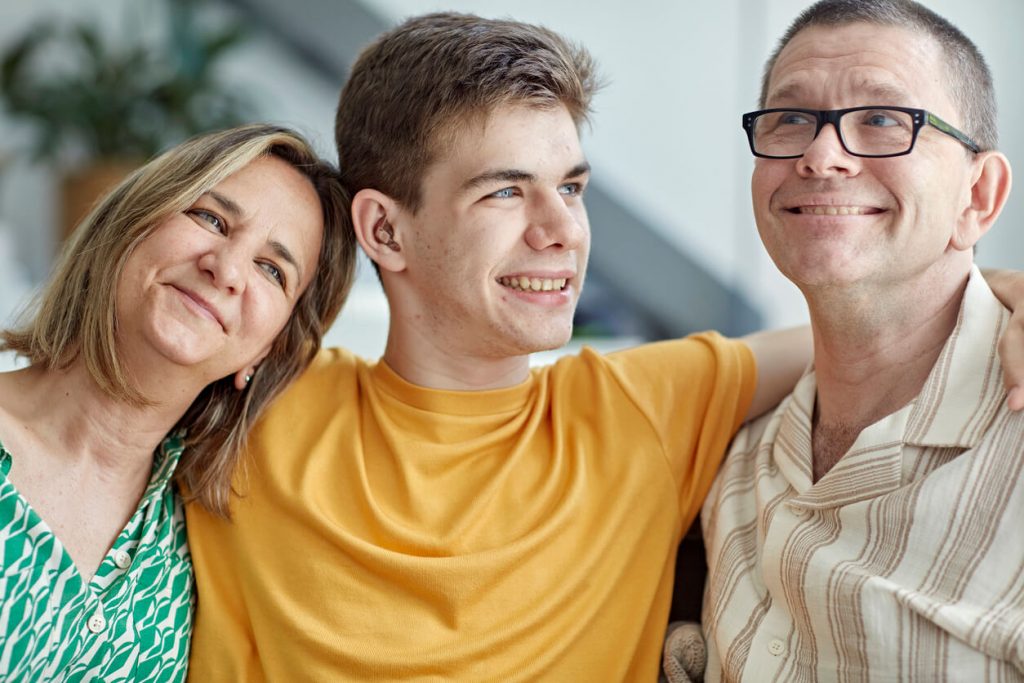When it comes to the subject of teens and children using chat rooms and social networking sites (such as MySpace, Facebook, Twitter and Bebo), there are two prevailing attitudes or philosophies about safety. One school of thought is more cautious about how much information a teen should post about themselves online; the other is less cautious; each school of thought showcases its own Internet safety experts.
How much information should a student post on their online profile?
– – – –
The Cautious Approach
I recently viewed a 30-minute video which addresses online safety from teachers.tv (click here to watch the whole video).
This program shows e-safety consultant, Dr. Alan Beecham, talking with a group of Year 9 students in the UK. He shows the students an online profile of a 14-year-old girl. The students are shocked to discover that the person behind the profile is actually one of their teachers. Just goes to show that anyone can lie online.
Beecham drives his point home when he prints out dozens of copies of someone’s online profile, and then tosses them out of the classroom window. He asks the students whether they would “cast their profile to the wind” and just let anyone see their personal information.
These exercises are designed to teach the students some practical lessons: in the online world anyone can pretend to be someone they are not, and personal information needs to be guarded.
While these are generally accepted cautions, Beecham takes it a step further. He gives the students 18 possible categories of information that they would feel comfortable putting on their profiles. After asking the students what they would post, Beecham reveals his short list of six bits of “safe” information: first name, hobbies, favorite celebrities, favorite movies and TV shows, and favorite quotes. He cautions the students from including their full name, email, date of birth, school, friend list, or sport teams.
Why? Because someone who means to exploit or harm a child can gain access to that information and attempt to find the child or make contact. The video highlights this as a “classic tactic” of pedophiles: to trap young boys and girls into meeting with them. The video also reports that 1 in 4 students who used social networking sites had met up with an online stranger.
– – – –
Less-Than-Cautious Approach
Then I viewed a video promoted on eSchool news (click here to watch the full video).
This video encourages schools to do their due diligence to protect children from online dangers, but not to overreact.
The video highlights a “town hall” type event held at the 2008 National Educational Computing Conference. The panel of Internet safety experts spoke with concerned parents and educators about the myths of online dangers.
This video highlights Amanda Lenhart, a senior research specialist for the Pew Internet and American Life Project. She explains how statistics showing a high rate of sexually solicited students are generally false, and instead cites research by the Crimes Against Children Research Center. She says only 4% of online students are “aggressively solicited,” meaning an adult has tried to make contact with them online. Of these cases only 0.2% were successful, i.e. the child or teen actually agreed to meet in person with the solicitor. This research also shows that most of the children who had agreed to meet with a predator were initially sought out by the children themselves (they went looking for companionship on the Internet). Most children knew they were speaking to an adult and knew what could potentially happen if they met the adult face-to-face.
So who are the children and teens at risk of being contacted by a predator? Is it the group that posts information about their school, their city, or their full name? Lenhart says, “no.” Those most at risk of being contacted are females who post a photo of themselves and who use the Internet to flirt.
Julie Evans, director of Project Tomorrow, says that when schools take a heavy-handed approach to Internet safety, students will find it difficult to use technology at school for the benefit of learning. She says that overall children understand the dangers and know how to avoid them.
Ultimately this video advises teachers to change the nature of the conversation: Internet safety is really all about “Internet responsibility.” Schools need to see Internet technology as productive for learning while teaching a general Internet etiquette, or “netiquette.”
– – – –
Agreements
In general, both camps see the Internet as a positive thing, good for learning and networking.
Both recognize that there are dangers and that parents and schools can overreact to those dangers.
Both also recognize that another major concern is a child’s reputation. When teens post information about themselves, this leaves digital footprints that are hard, if not impossible, to erase. Both camps recognize the need for students to think about their reputations and the reputations of others, and that they must exercise caution when posting photos, videos, or sensitive information.
– – – –
So, Who Is At Risk?
The tension between these attitudes, these two camps, is preventing predator communication vs. responding to predator communication. The cautious camp wants to limit how children display information on their profiles, making them less likely to be contacted. The less-than-cautious camp thinks that predators actually try to make contact infrequently, so they want to equip children to respond safely when such contact occurs.
For concerned parents, the statistic (even as low as “4% of online students are aggressively solicited by adult predators”) is not a comforting number. After all, we’re not talking about a percentage of rain, we’re talking about the safety of our children. Any percentage is generally thought to be too high, because that 4% could include MY child.
Then again, a too-cautious approach might help our children in the short-term, but may backfire in the long term. It is common knowledge for most children that people are visiting social networking sites all the time with no observable risk. When our warnings about posting information are so broad that we exclude common practice, children will tend to distrust the source of such advice. Children and teens want to be free to use social networking to its fullest.
In the end, each school and each parent must decide how to balance these concerns.
Anastasia Goodstein, author of Totally Wired, and editor of YPulse, explains how this generation is more comfortable with public exposure. Growing up with reality TV and the Internet has placed our children in the midst of a “confessional culture.” When they post information on their profiles it is “monkey see, monkey do”—they are reflecting back that which they see in the culture. This is to be expected and comes with its share of problems.
She recommends that parents and teachers sign on to a social networking site and create a personal profile. Even as adults, take the time, see how the communication works, understand it from the perspective of the children who use it. This will prepare adults to engage with students on matters of Internet safety.
Education about responsible Internet use is key. Consultant and clinical psychologist Tanya Byron was asked by the British Prime Minister to carry out an independent review of the risks children face from the Internet and video games. She offers this advice: instead of just pulling children out of the water when they are in trouble, we need to focus instead on teaching them to swim.
[For more information see my previous post: “Protecting Kids Online – The Myths and Realities of Online Predators“]







I love this article! It’s s o nice to see someone who gets it. Education truly is key. So let’s drop the fear mongering and really talk to our kids about the dangers.
Here are some good guides and videos to help kick start those chats.
Great work Luke!
Luke,
Thanks for commenting on my post. I’m hoping that rational approaches to Internet safety becomes the norm.
I would like also to share our safe search engine for kids with simple citation builder. Please visit the site and hopefully it is useful for kids. We have also listed some cool games and videos about internet safety!
Title: Kigose
URL: http://www.kigose.com
Description: School Search Engine
Regards
For a fun way to teach internet and social networking safety, here’s a unit that includes an instructional video and a quiz. It’s aimed at middle school and up.
http://www.auntlee.com/safety/
The video is a selection of silly clips supposedly posted to the MySpace pages of the famous auntlee.com puppy and some of her friends. The clips demonstrate mistakes kids can make – the clips and the quiz serve as a jumpstart to further discussions.
Kids can take the interactive Flash version online, or you can download a .pdf document and print it as a handout. The 10 question quiz covers the topics of cyber-bullying, privacy, safety, dangers of spyware and malware, etc.
The quiz doesn’t really focus on stranger-danger type concerns but rather gently and humorously reminds the reader that it’s possible to hurt people’s feelings, to mislead people who don’t realize you’re joking, to remember that online postings can be seen by anybody and that postings are often impossible to remove once posted.